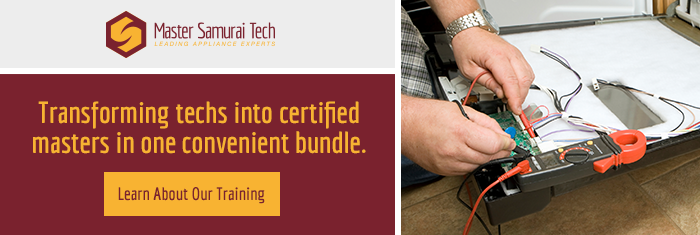 Refrigerator manufacturers do a really cruddy job of explaining how your refrigerator cold controls work. Consequently, almost every grasshopper I talk to is thoroughly confused about how those controls work and how to adjust them. Well, go grab you a cold one and let the Samurai enlighten you.
Refrigerator manufacturers do a really cruddy job of explaining how your refrigerator cold controls work. Consequently, almost every grasshopper I talk to is thoroughly confused about how those controls work and how to adjust them. Well, go grab you a cold one and let the Samurai enlighten you.
If you open the fresh food compartment of your fridge (the non-freezer compartment), you will most likely see two different controls. One refers to the refrigerator temperature and the other refers to the freezer. Different manufacturers use different wording, but the idea is the same.
The first thing you need to know in order to understand what these controls really do is that all the cold air in the entire refrigerator is made in the freezer compartment. A portion of that cold air is then blown into the fresh food compartment. How much cold air gets blown in is controlled by the "freezer" control, which is really just an air baffle that opens or closed to let more or less air into the fresh food compartment. The "refrigerator" control is actually a thermostat that feels the temperature inside the fresh food compartment and turns the compressor on and off according to the temperature that the thermostat feels.
Let’s run through an example. Suppose you decide that your ice cream isn’t hard enough. You adjust the "freezer" control to make your freezer colder. What you’re actually doing is restricting the amount of cold air that gets blown from the freezer into the fresh food compartment and so keeping more of the cold air in the freezer. As a result, the freezer will get colder but also the fresh food compartment will tend to get warmer because its cold air supply has been diminished. The "refrigerator" control (the thermostat) will feel this increase in temperature inside the fresh food compartment and will keep the compressor running longer in order to maintain the temperature setting on the "refrigerator" control. So, you can see that any change you make to one control will affect the other.
Many people then wonder, "Well, how do I know what the correct setting on the controls should be?" Since the temperature inside a refrigerator will vary according to lots of external factors such as frequency and duration of door openings, it is impossible to say where your controls should be set all the time in order to maintain a desired temperature in the freezer and fresh food compartments without knowing the actual temperature inside both compartments. For this reason, you should place two thermometers in your refrigerator: one in the fresh food compartment (the big one) and the other in your freezer. The controls should then be adjusted to achieve -10 to +10ºF in the freezer and between 36 and 38ºF in the fresh food compartment.
Keep in mind, too, that it takes 24 hours for any change in the controls to work through the system and reach steady state so don’t look for instantaneous changes in temperature when you make control setting changes. Knowing the actual temperature inside your refrigerator compartments is also a great way to save money on your power bill since you can adjust the controls to avoid running your compressor longer than needed to keep your food cold.
To learn more about refrigerators or to order parts, click here.


